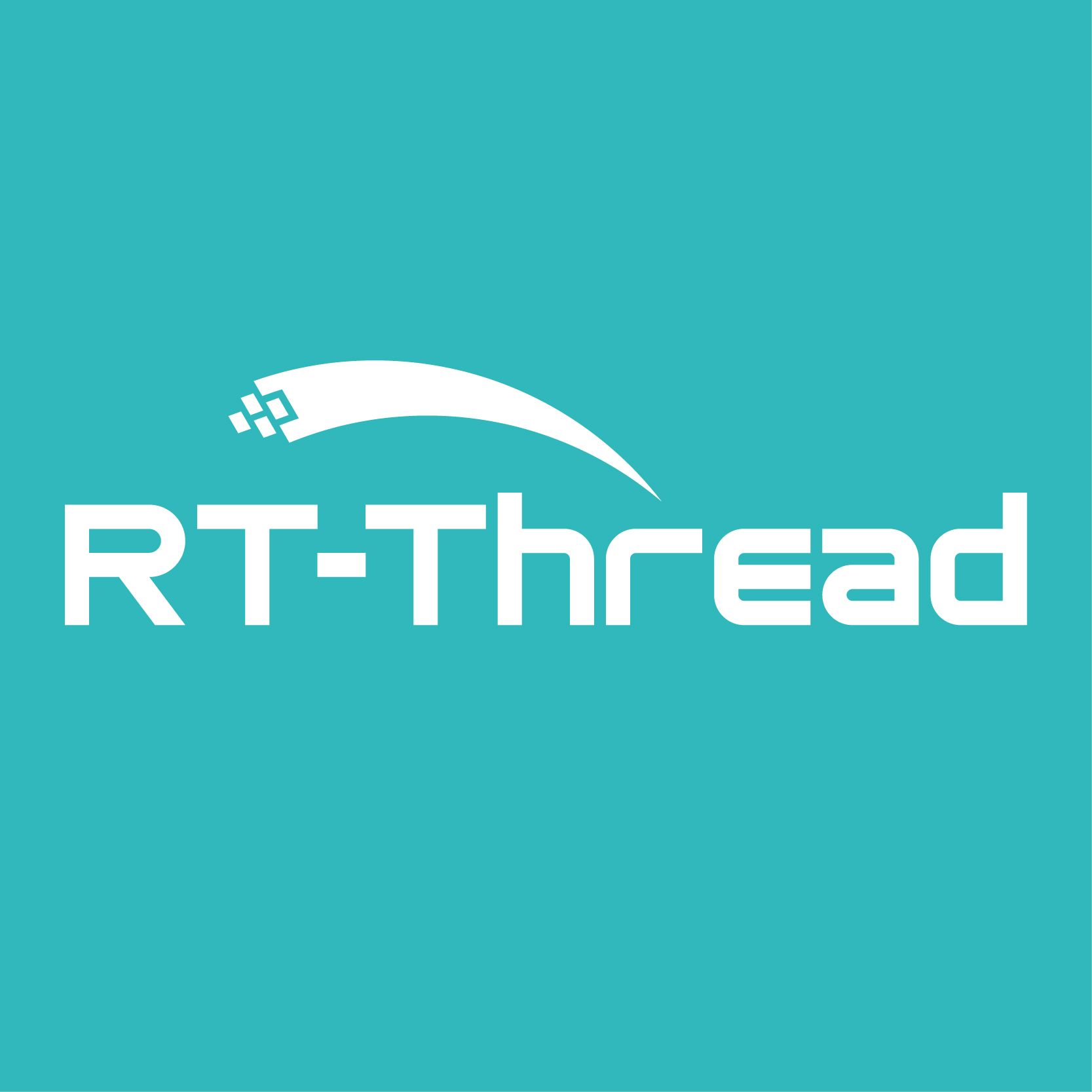How Components Can Help to Speed Up the Development Process using the RTOS
by
March 29th, 2020

An Open-Source Community-Powered Internet of Things Operating System Project!
About Author
An Open-Source Community-Powered Internet of Things Operating System Project!